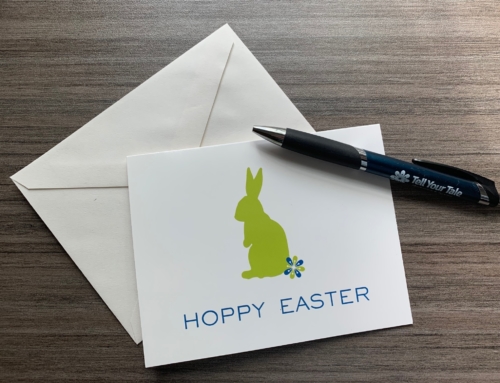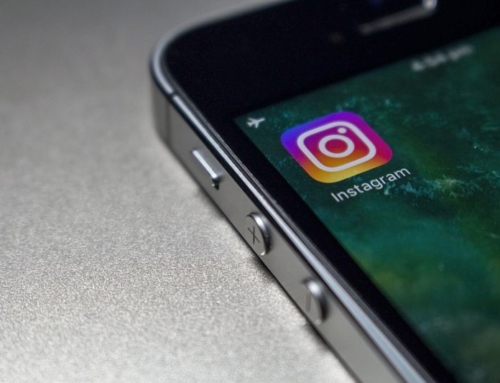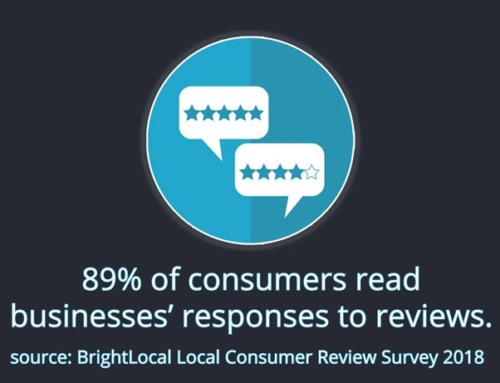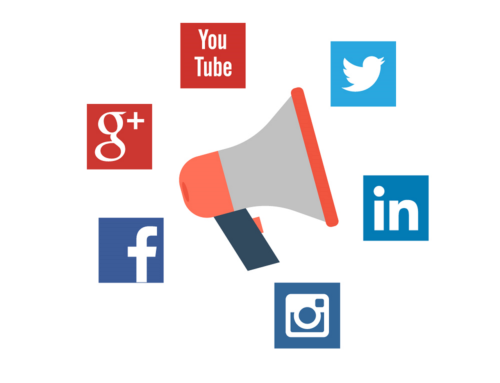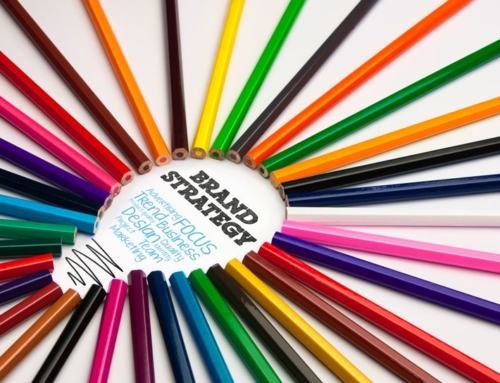
Whether your business is in growth mode or an established organization with a large customer database, understanding your clients, what motivates them to buy from you, and how to find more prospects like them is essential for business success. Writing customer profiles or “personas” helps crystallize who your ideal clients are, what makes them tick and what they need from you to complete purchases. Without that type of information, business leaders find their teams are trying a host of activities to make sales, but they aren’t being strategic, leading to wasted time and costs.
Instead, what if your business could get specific about the different customer groups it serves and then target those customer personas with information tailored to each group and also the stage of the buyer’s journey where they are. That effort would allow you to segment your contact database and share the right information with the right customer persona at the right time. That’s powerful.
Key Information to Consider When Creating Your Buyer Personas
Businesses have a wealth of data at their fingertips but accessing and organizing it can be a challenge. First, think about the information that’s important for getting to know your best customers.
• Title and Primary Responsibilities
• Organization size
• What is his/her educational background?
• What is his/her age range?
• Do they have young children, adult children or no children?
• Which associations or groups do they frequent for business networking?
• How do they spend their free time?
• Which media do they read: print and digital publications, email newsletters, podcasts?
• What are his/her goals?
• What are his/her most pressing challenges? And how can your business solve that challenge?
Collection Time
There are several ways to collect the meaningful information that molds your buyer personas. Start by talking to your team members to see if, together, you can categorize your contacts into similar groups. Additionally, ask your customers these same questions either through a scheduled call or a simple online survey. Build forms on your website that help you get the answers you need to complete your buyer personas. There may be one set of answers that really directs how you interact with a persona that differs from another persona. Consider including that question and set of possible answers on your website to funnel leads into the right bucket. For example, if a person tends to eat out once a week, a restauranteur would reach out to him/her with one message. However, the restauranteur would contact a patron differently if he/she is a foodie, who eats out multiple times per week. This type of information allows you to better target your prospects.
Have fun creating your personas and share those throughout your organization. Find a photo of someone who resembles that customer profile to bolster how you and your team think about that persona. (Don’t use a picture of an actual client since that can become challenging if the client moves on. You also want to keep your personas a bit general, so you don’t focus solely on one person.)
Once your customer personas are set, you can start mapping those profiles to the customer journey to get a better understanding of what each persona wants and needs at each stage of the buyer’s journey. That mapping pinpoints which information or material each persona needs at each stage so that your organization can effectively usher prospects through the buyer’s journey. Ultimately, your business provides these prospects with desired information when and how they want, strengthening your relationship with the prospects and bolstering the likelihood that these people will become customers. Of course, refining your customer personas and how they respond to your business throughout the customer journey is critical.
In the next blog post, we’ll share key offers that are appropriate for specific customer personas at each stage of the buyer’s journey.
Download our Buyers Persona Worksheet
Related Articles
- Check out “Why Public Relations is Better than Advertising“
- Learn why PR is much more than a Press Release.


